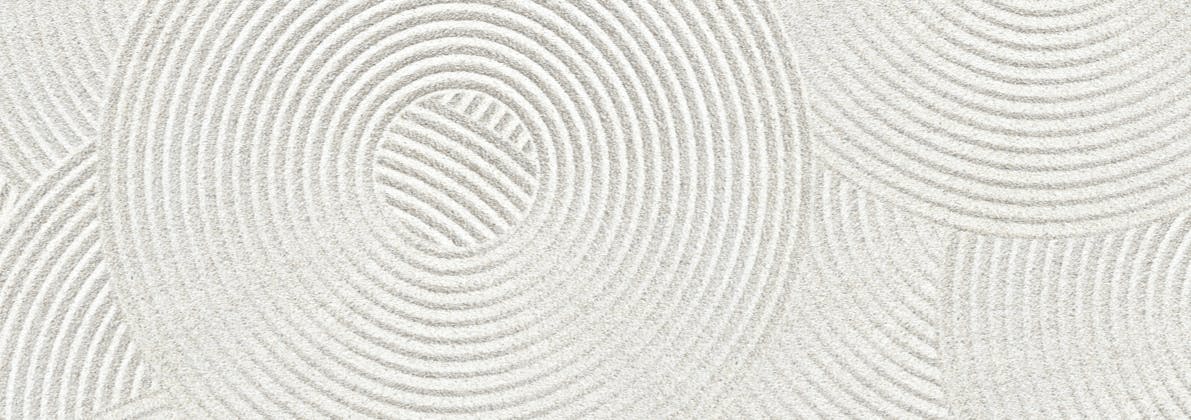
How Can Image Simulation Better Your Rhinoplasty?
Rhinoplasty, or nose reshaping surgery, is one of the most complex and intricate cosmetic procedures. It requires a blend of surgical precision, artistic vision, and a deep understanding of facial anatomy to achieve a result that is both aesthetically pleasing and functionally sound. Given the prominence of the nose in facial aesthetics, patients often have specific ideas about how they want their nose to look post-surgery. This is where image simulation technology comes into play.
Image simulation has become an invaluable tool in rhinoplasty consultations, allowing surgeons and patients to visualize potential outcomes before any surgical incisions are made. However, it's crucial to understand that while image simulation is a powerful tool for communication, it is not a crystal ball that guarantees the exact post-surgical result. In this blog post, we'll explore the role of image simulation in rhinoplasty, its benefits and limitations, and how it fits into the broader surgical process.
What is Image Simulation in Rhinoplasty?
Image simulation in rhinoplasty involves using specialized software to create a visual representation of the possible outcomes of nose surgery. During the consultation, the surgeon takes photographs of the patient's face from various angles. These images are then uploaded into the simulation software, where the surgeon can adjust the nose's shape, size, and contours. The patient can see these changes in real time, providing a visual guide for what the nose might look like after surgery.
Being able to "preview" the results is incredibly appealing to patients. It allows them to explore different options and discuss their preferences with the surgeon. More importantly, it helps to ensure that both the surgeon and the patient are aligned in their expectations for the outcome of the surgery.
Image Simulation: A Communication Tool, Not a Predictor of Results
One of the most important aspects of image simulation is understanding its role as a communication tool rather than a predictor of exact results. The images created during the simulation process are best thought of as a guideline—a visual reference that helps the surgeon and patient have a clear and mutual understanding of the goals for the surgery.
Aligning Surgeon and Patient Goals
The primary function of image simulation is to ensure that the surgeon and the patient are on the same page regarding the desired outcomes of the rhinoplasty. Rhinoplasty is not a one-size-fits-all procedure; it must be tailored to the individual’s unique facial features and aesthetic preferences. During the consultation, the patient may express a desire for a more refined nasal tip, a straighter nasal bridge, or smaller nostrils. The surgeon can then use the simulation software to make these adjustments and show the patient what those changes might look like on their face.
This collaborative process is critical because it allows the surgeon to educate the patient about what is realistically achievable. For example, a patient may come in with a picture of a celebrity's nose, hoping to replicate that look. The simulation can show how those changes would fit with the patient’s overall facial structure, and the surgeon can explain any limitations that might prevent achieving that exact result.
Managing Expectations
One of the most significant challenges in cosmetic surgery is managing patient expectations. Unrealistic expectations can lead to dissatisfaction with the results, even if the surgery is technically successful. Image simulation helps to mitigate this risk by providing a visual reference that the patient and surgeon can agree upon before the surgery.
However, patients must understand that the simulation is not a promise or a guarantee. The human body is complex, and there are numerous variables—such as skin thickness, cartilage structure, and healing response—that can influence the outcome. The simulation serves as a shared goal, but the actual results may vary slightly due to these factors.
The Importance of Surgeon Skill in Achieving Results
Another key point to consider is that while image simulation software can be used by many surgeons, the final results depend heavily on the surgeon's skill and experience. Rhinoplasty is a procedure that requires a high level of expertise, and not all surgeons are equally capable of turning a simulation into reality.
Variability in Surgeon Skill
Multiple surgeons can use the same image simulation software and produce similar simulated results. However, translating that simulation into a successful surgical outcome is where the difference in skill becomes evident. Rhinoplasty is often regarded as one of the most challenging cosmetic surgeries because it involves not just altering the structure of the nose but doing so in a way that harmonizes with the rest of the face.
A skilled surgeon has the experience to know what changes are feasible and which are not. They understand the limitations of the patient’s anatomy and can guide the simulation process to reflect a realistic outcome. Less experienced surgeons might create simulations that look appealing on the screen but are not surgically achievable, leading to disappointment when the results don’t match the patient’s expectations.
Ethical Use of Image Simulation
Given the potential for discrepancy between simulated and actual results, ethical considerations are paramount in image simulation. It’s the surgeon’s responsibility to ensure that the simulations they present are grounded in reality. This means only showing changes that are surgically feasible and discussing the limitations that may affect the outcome.
A responsible surgeon will use image simulation to educate the patient, setting realistic expectations and ensuring that the patient fully understands that the simulation is a guide, not a guarantee. This transparency is crucial for building trust and ensuring patient satisfaction.
Variability During Healing: Why Results May Differ from the Simulation
Even when a rhinoplasty procedure is performed perfectly by an expert surgeon, it’s natural to expect some variability in the outcome due to the healing process. Healing is an individualized process, and each patient’s body responds differently to surgery. Factors such as swelling, scar tissue formation, and the natural behavior of cartilage and skin can all influence how the nose looks once fully healed.
The Role of Swelling
Swelling is a normal part of the healing process after rhinoplasty. While much of the swelling subsides within the first few weeks, it can take several months—and in some cases up to a year—for all of the swelling to resolve completely. During this time, the nose may appear larger or differently shaped than the final result.
Swelling can also affect the appearance of certain features, such as the nasal tip or bridge. For instance, a nasal tip that appears too prominent immediately after surgery may refine over time as the swelling decreases. This is why it’s important to be patient and allow the nose to heal fully before assessing the final results.
Scar Tissue Formation
Scar tissue formation is another variable that can influence the outcome of rhinoplasty. While skilled surgeons take great care to minimize scarring, some degree of scar tissue is inevitable as the body heals. Scar tissue can affect how the nasal structures settle and sometimes may lead to minor asymmetries that were not present in the simulation.
The development of scar tissue is largely influenced by the patient’s genetic predisposition and skin type. Some patients are more prone to thick or fibrous scar tissue, which can impact the final appearance of the nose.
Cartilage Behavior
Cartilage is a flexible tissue that forms much of the structure of the nose. Unlike bone, cartilage can change shape over time, especially during the healing process. Even if the cartilage is precisely sculpted during surgery, its behavior as it heals can be unpredictable. For example, cartilage may shift slightly as it settles, leading to subtle differences in the shape of the nose compared to the simulation.
This variability is a natural part of the healing process. While it can lead to minor differences from the simulated outcome, it is usually not significant enough to impact overall patient satisfaction.
Preparing Patients for the Healing Process
Given the natural variability in healing, surgeons need to prepare patients for what to expect during the recovery period. This includes discussing the timeline for healing, the potential for swelling and scar tissue formation, and how the nose may change shape over time.
Setting a Realistic Timeline
Patients should be informed that rhinoplasty is not an instant gratification procedure. While some improvements may be visible immediately after surgery, the final results can take up to a year to fully manifest. Understanding this timeline helps patients set realistic expectations and reduces anxiety during the healing process.
Encouraging Patience
It’s also important to encourage patience during recovery. Many patients become concerned if their nose doesn’t look exactly like the simulation in the weeks following surgery. Surgeons should reassure patients that this is normal and that the nose will continue to refine as healing progresses.
Follow-Up Appointments
Regular follow-up appointments are crucial for monitoring the healing process and addressing any concerns that may arise. These appointments allow the surgeon to assess how the nose is settling and to provide guidance on any necessary post-operative care. They also allow patients to discuss their progress and ask questions about their recovery.
Conclusion: The Value and Limitations of Image Simulation in Rhinoplasty
Image simulation is an invaluable tool in the field of rhinoplasty, providing both patients and surgeons with a visual guide for planning surgery and setting expectations. It plays a crucial role in aligning the goals of the patient and surgeon, ensuring that both parties have a clear understanding of the desired outcome.
However, it’s important to recognize that image simulation is not a predictor of the final result. The outcome of rhinoplasty is influenced by numerous factors, including the surgeon’s skill, the patient’s anatomy, and the natural variability of the healing process. While simulations offer a useful preview, they are ultimately a guide, not a guarantee.
Patients considering rhinoplasty should choose a surgeon with the experience and expertise to deliver results that are as close as possible to the simulation. They should also be prepared for the natural variations that can occur during healing and understand that patience is key to achieving the best possible outcome.
By understanding the role and limitations of image simulation, patients can make informed decisions about their surgery and approach the process with realistic expectations, leading to greater satisfaction with their results.



